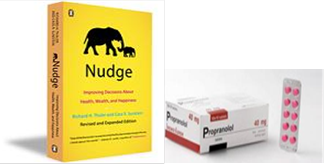Priority Vaccination for Prison and Homeless Populations
Written by Ben Davies
Last week brought the news that an additional 1.7m people in the UK had been asked to take additional ‘shielding’ measures against COVID-19, following new modelling which considered previously ignored factors such as ethnicity, weight and deprivation. Since many of this group have not yet been vaccinated, they were bumped up the priority list for vaccine access, moving into group 4 of the government’s vaccine plan.
Two other groups, however, have not yet been incorporated into this plan despite appeals from some quarters that they should be. First, new figures reinforced the sense that the virus is disproportionately affecting prisoners, with one in eight of the prison population having had COVID-19, compared with roughly one in twenty in the wider population (in the United States, the prison figure has been estimated to be one in five).
Second, some GP groups and local councils have offered priority vaccination to homeless residents, despite their not officially qualifying for prioritisation on the government’s plan. There have also been calls for the government to incorporate this into national plans, rather than being left to more local decision-making.
Read More »Priority Vaccination for Prison and Homeless Populations

